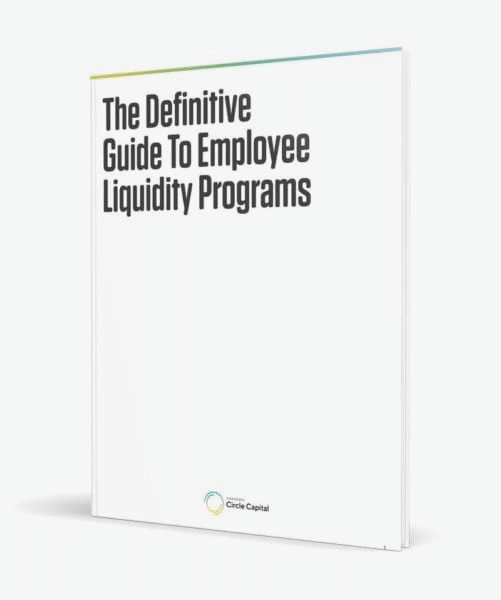Step 9
Get Your Message Right – Inside the Company
The day you announce the employee liquidity program should be a celebration led by the founder and the board of directors. The all-hands meeting will explain the liquidity plan shares and how the program works. It’s time to recognize that employees have worked tirelessly and deserve some release from their financial pressures.
But celebration is only 20 percent of the communication
If you’re a seller, it is highly advisable to see a lawyer, a tax advisor, and a wealth manager.
The real aim of any employee liquidity plan is to give employees a break and then challenge all stakeholders to be patient, continue working, and focus on the long-term goal of building a company that they are proud of. The remaining 80 percent of the presentation should stress that there’s still a lot of work to be done. The focus is on the IPO horizon and beyond.
As you drive home the message of the liquidity plan, remind employees that no one has hit the jackpot. This isn’t the time to retire early or to head on an extended vacation; it’s not a value-maximizing event. Employees should sell only what they really need. They are giving up some monetary upside by selling now, and there will be taxes to pay — and by no means is this going to turn into an annual visit to the company ATM.







